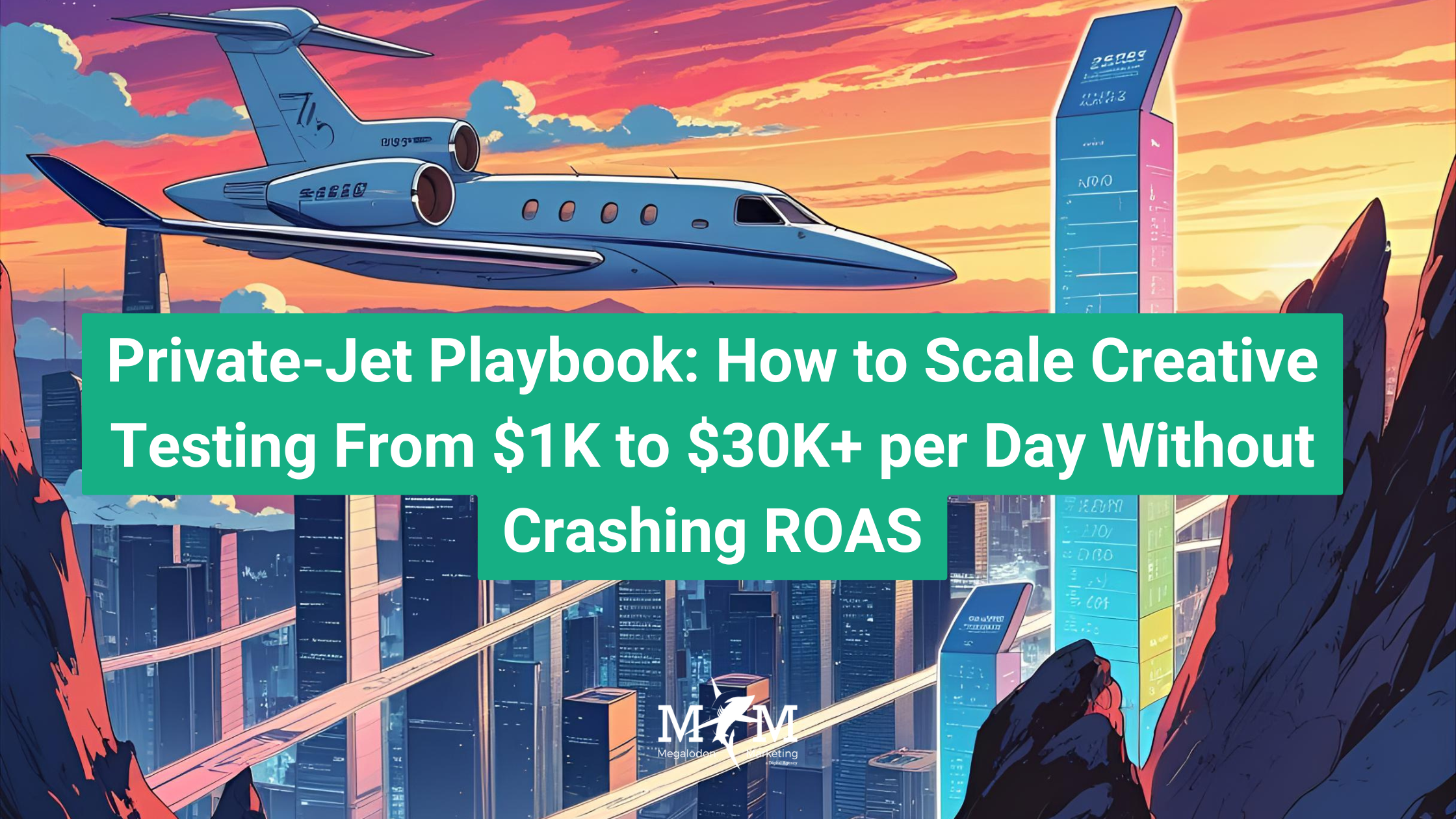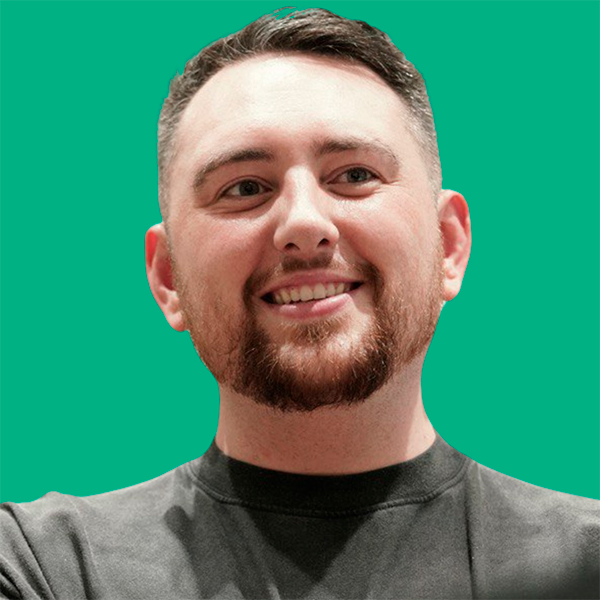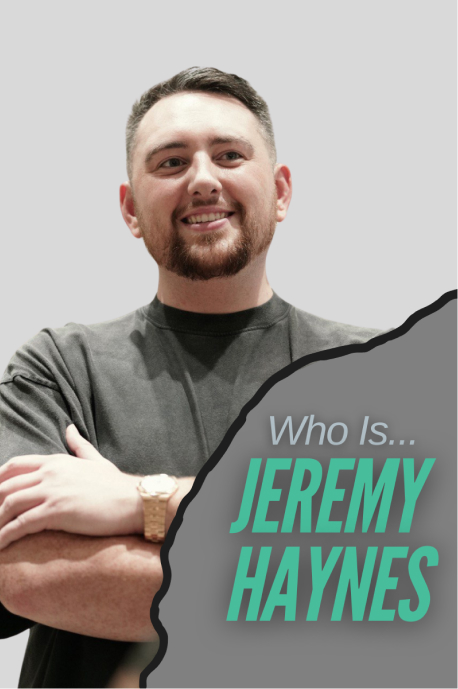I hope you enjoy reading this blog post. If you want my team to just do your marketing for you, click here.

I hope you enjoy reading this blog post. If you want my team to just do your marketing for you, click here.
Author: Jeremy Haynes | founder of Megalodon Marketing.

Earnings Disclaimer: You have a .1% probability of hitting million dollar months according to the US Bureau of Labor Statistics. As stated by law, we can not and do not make any guarantees about your own ability to get results or earn any money with our ideas, information, programs or strategies. We don’t know you and, besides, your results in life are up to you. We’re here to help by giving you our greatest strategies to move you forward, faster. However, nothing on this page or any of our websites or emails is a promise or guarantee of future earnings. Any financial numbers referenced here, or on any of our sites or emails, are simply estimates or projections or past results, and should not be considered exact, actual or as a promise of potential earnings – all numbers are illustrative only.
Watch the full video breakdown on this topic here.
I’m hammering these keys at 40,000 feet, gliding back to Miami after a day at Tai Lopez’s Virginia farm—wheat fields, horses that literally never look up, and about ten billion fireflies. Two hours ago, an Inner Circle member—currently torching $30,000 every 24 hours in ads—asked:
“How do I structure creative tests so I stop burning winners in the trash compactor?”
The conversation was so high-impact I decided to immortalize it before the jet lands. Whether you’re nudging $800/day or wiring $35 K/day, the same physics apply; only the tempo and tolerance change.
Who you are: Early-stage info-product, coaching, SaaS, or high-ticket service owner dipping toes into paid traffic.
Primary objective: Discover one scalable winner and a replicable creation rhythm without drowning in production debt.
Best practice: Even at this spend, script every video to isolate Hook (0–5 s), Body (story/proof), CTA (directive) so you can recombine modularly later.
Crossing five grand daily is where casual marketers implode and operators ascend.
Start building b-roll libraries (office footage, customer wins, product stills) so editors can refresh backgrounds while retaining proven hooks.
Now we’re in the altitude where the oxygen thins fast.
AI is not a silver bullet; it’s an infinite production crew that works for micro-pennies—if you prompt like a Hollywood show-runner.
Remember Inner Circle member Euan? He sells a business-in-a-box for AI-generated PDFs. One 2.5-minute V3-assisted video pulled 2.2 % to 11 % unique outbound CTRs—ridiculously cheap acquisition under $1 K/day.
Picture a vault labeled “Launch-Ready Ads.” Your goal: keep that door jam-packed before campaigns scream for replacements.
One filming day. Ten hooks. Ten bodies. Ten CTAs.
Mathematics of leverage: 10 × 10 × 10 = 1,000 unique ads.
Add a folder of 25 approved b-roll snippets (slow-mo product spin, testimonial flashes, jet cabin shots) and the permutation count explodes into thousands more—without a single extra shoot.
This modular framework also pleases Meta’s hunger for “fresh” assets; swap a hook or CTA and you’ve technically delivered a new ad that resets fatigue clocks.
– Fatigue 3–8 weeks → duplicate, replace creatives, relaunch.
– Fatigue 1–3 weeks → same protocol, but rotate bigger batches.
– Fatigue 3–4 days. Duplicate campaign, strip all creatives, inject 100 fresh ads. Rinse every Monday and Thursday.
Remember: Platforms punish stagnation algorithmically long before the human eye tires. The sooner you internalize that, the cheaper your scaling journey becomes.
Hit rate = Winners ÷ Total ads × 100.
Inner Circle case: 6.6 %. Translation—out of every 100 creatives, six to seven earn scaling dollars.
Practical implications:
Failing to separate winners contaminates data; losers cannibalize spend that should be piling into gold.
The U.S. Bureau of Labor Statistics says 0.1 % of companies ever crack $10 M/year. That’s one in a thousand. Million-dollar months sit on an even slimmer ledge.
The good news? Paid traffic is a quasi-fair casino. You can raise your odds by:
Do that consistently—whether you’re still at $800/day or flirting with $35 K/day—and the algorithms eventually reward you with the only metric that matters: a bank account fat enough to charter your own jet instead of brokering one on the ride home.
Strap in, keep prompting, keep filming, keep replacing, and remember: Advertising doesn’t get easier. You just get richer.

Jeremy Haynes is the founder of Megalodon Marketing. He is considered one of the top digital marketers and has the results to back it up. Jeremy has consistently demonstrated his expertise whether it be through his content advertising “propaganda” strategies that are originated by him, as well as his funnel and direct response marketing strategies. He’s trusted by the biggest names in the industries his agency works in and by over 4,000+ paid students that learn how to become better digital marketers and agency owners through his education products.

Jeremy Haynes is the founder of Megalodon Marketing. He is considered one of the top digital marketers and has the results to back it up. Jeremy has consistently demonstrated his expertise whether it be through his content advertising “propaganda” strategies that are originated by him, as well as his funnel and direct response marketing strategies. He’s trusted by the biggest names in the industries his agency works in and by over 4,000+ paid students that learn how to become better digital marketers and agency owners through his education products.
This site is not a part of the Facebook website or Facebook Inc.
This site is NOT /endorsed by Facebook in any way. FACEBOOK is a trademark of FACEBOOK, Inc.
We don’t believe in get-rich-quick programs or short cuts. We believe in hard work, adding value and serving others. And that’s what our programs and information we share are designed to help you do. As stated by law, we can not and do not make any guarantees about your own ability to get results or earn any money with our ideas, information, programs or strategies. We don’t know you and, besides, your results in life are up to you. Agreed? We’re here to help by giving you our greatest strategies to move you forward, faster. However, nothing on this page or any of our websites or emails is a promise or guarantee of future earnings. Any financial numbers referenced here, or on any of our sites or emails, are simply estimates or projections or past results, and should not be considered exact, actual or as a promise of potential earnings – all numbers are illustrative only.
Results may vary and testimonials are not claimed to represent typical results. All testimonials are real. These results are meant as a showcase of what the best, most motivated and driven clients have done and should not be taken as average or typical results.
You should perform your own due diligence and use your own best judgment prior to making any investment decision pertaining to your business. By virtue of visiting this site or interacting with any portion of this site, you agree that you’re fully responsible for the investments you make and any outcomes that may result.
Do you have questions? Please email [email protected]
Call or Text (305) 704-0094